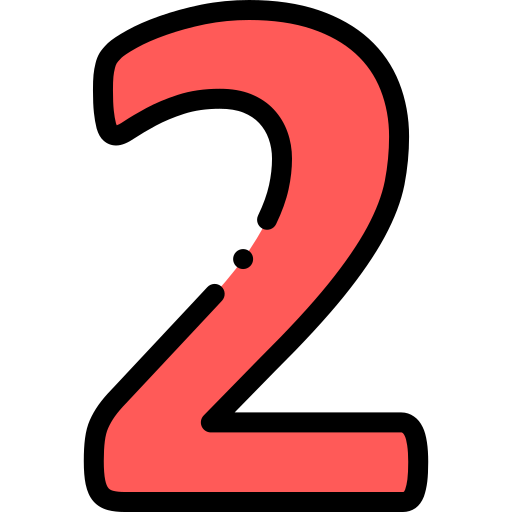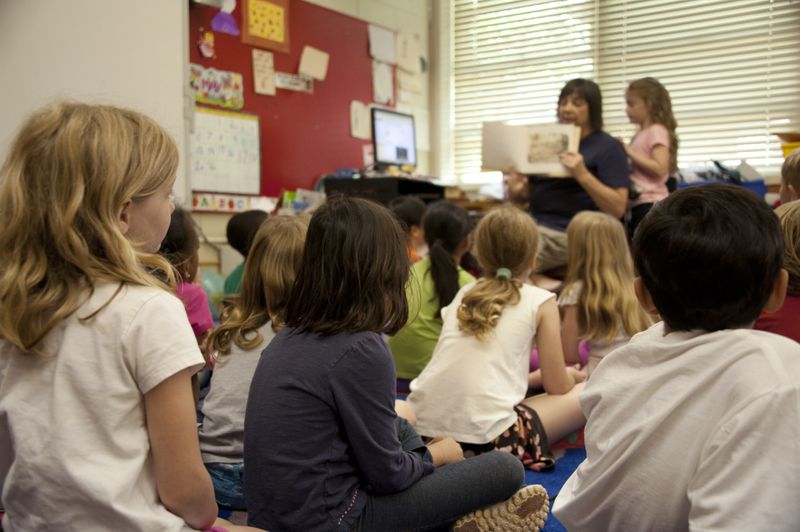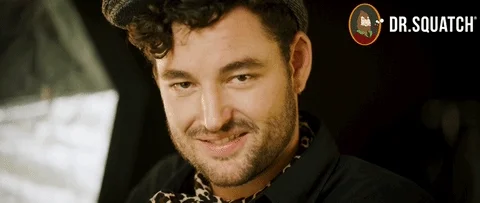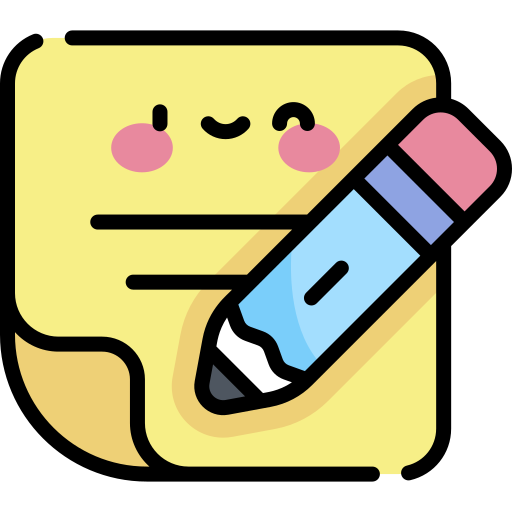
This logo isn't an ad or affiliate link. It's an organization that shares in our mission, and empowered the authors to share their insights in Byte form.
Rumie vets Bytes for compliance with our
Standards.
The organization is responsible for the completeness and reliability of the content.
Learn more
about how Rumie works with partners.
You walk into Ms. Lin's 5th grade classroom. The students in the class are working on writing stories.
A small group of students is working with Ms. Lin. You look over at the rest of the class and their work, and everyone has the teacher's markings for revision.

How is Ms. Lin managing the class during writing time?
She uses 3 different approaches to teaching narrative writing to:
model appropriate narrative writing techniques
keep her students engaged throughout the lesson
Whole Class Lesson ("I Do") — Modeled Writing
📖 Students and the teacher think out loud together to create a writing piece. Students will observe how the teacher creates the class's narrative writing.

Lesson

The teacher uses a mentor text to read to students. This provides an example of what students' writing should look like.

The class will come up with a narrative story based on the mentor text. The teacher writes the story in front of the class as they come up with ideas.
Ms. Lin's Modeled Writing Example Lesson

Ms. Lin introduces the idea of writing stories using point of view
Students discuss their favorite story that contains a protagonist and antagonist
The goal: students will rewrite a story from the antagonist's point of view

As a mentor text, Ms. Lin chooses The True Story of the 3 Little Pigs! by Jon Scieszka, which tells the famous story from the wolf's point of view
This sets an example to the class of what their writing would look like

After reading the mentor text, Ms. Lin and the class decide to use This Is Not My Hat by Jon Klassen, a book the class has read before
Together, the class will rewrite this story from the Big Fish's perspective

Ms. Lin uses the following prompts to steer the class in the right direction:
According to the little fish...
What happens at the beginning of the story that leads to the climax?
What is the conflict?
What is the resolution of the story?
According to the whale...
What happens at the beginning of the story?
What is the conflict?
What is the resolution of the story?
Did you know?
Small Group Lesson ("We Do")
Shared Writing
📖 Students come up with ideas whole class or in small groups, and the teacher writes down the ideas as they go along.
Interactive Writing
📖 Students and their teacher share the same writing utensil to write down ideas together.
Guided Writing
📖 The teacher supports a small group in their writing process and provides feedback on skills the group can work on.
Conference Writing
📖 The teacher supports individual students in their writing process and provides individual feedback.
Did you know?
Independent Writing ("You Do")
 Examples
Examples
📝 Narrative Writing Short Prompts
Short prompts are meant to have shorter responses. The intentions of short prompts are to practice using imagination, inspire the writer, etc.
Describe a time you forgot your homework at home.
Have you ever woken up thinking it was a school day, but it was actually Saturday? What was that like?
📝 Narrative Writing Class Prompts
Class prompts tend to have more guidance in the plot, character development, theme, details, etc.
Using [title of a story] as a template, incorporate metaphors in your story.
When organizing your plot, what would be your ultimate conflict in your story, and how does it play with your story's theme?
Did you know?
Knowledge Check
 Photo by CDC on Unsplash
Photo by CDC on UnsplashYou notice that in Ms. Lin's writing class, a group of 5 students needs help with writing out their plots. What they need is an extra lesson on how to use a plot diagram.
Quiz
Which type of narrative writing approach would be beneficial?
Since it's only a small group of students in Ms. Lin's class that need support on how to plot out their story, a small lesson with Ms. Lin (specifically, in a guided writing setting) would suffice!
Take Action

Are you ready to start teaching narrative writing to students?
This Byte has been authored by
Shawn Fan
Instructional Designer




 Lesson
Lesson